Home>Gardening & Outdoor>Outdoor Recreation & Activities>How Do You Raise The Ph In A Swimming Pool


Outdoor Recreation & Activities
How Do You Raise The Ph In A Swimming Pool
Modified: February 18, 2024
Learn effective methods for raising the pH in your swimming pool to maintain optimal water quality and ensure a refreshing outdoor experience. Explore outdoor recreation and activities with expert tips.
(Many of the links in this article redirect to a specific reviewed product. Your purchase of these products through affiliate links helps to generate commission for Storables.com, at no extra cost. Learn more)
Introduction
Maintaining the proper pH level in a swimming pool is crucial for ensuring a safe and enjoyable swimming experience. The pH level indicates the acidity or alkalinity of the water and plays a significant role in the effectiveness of the pool's disinfectants, such as chlorine. A balanced pH level also helps prevent corrosion of pool equipment and minimizes skin and eye irritation for swimmers.
Understanding how to raise the pH in a swimming pool is essential for pool owners and maintenance personnel. Whether the pH is too low due to factors like rainfall, the use of acidic sanitizers, or the introduction of acidic substances, it's important to address the issue promptly to restore the water to a balanced state.
In this comprehensive guide, we will delve into the various methods for raising the pH in a swimming pool, providing valuable insights into the use of soda ash, sodium bicarbonate, and pH increasers. By exploring these techniques, pool owners and maintenance professionals can gain the knowledge and confidence needed to effectively manage and maintain the pH levels in their swimming pools.
Understanding the significance of pH in a swimming pool and the methods for raising it empowers individuals to take proactive measures in pool maintenance. With the right approach and knowledge, achieving the optimal pH level becomes a manageable task, ensuring that the pool remains a safe, inviting, and refreshing oasis for all who wish to take a dip.
Key Takeaways:
- Maintaining the right pH level in a swimming pool is crucial for safe and enjoyable swimming. Using soda ash, baking soda, or pH increasers can help raise pH and keep the pool clean and comfortable for everyone.
- Understanding pH and how to raise it empowers pool owners to create a safe and inviting swimming environment. By using soda ash for rapid pH elevation, baking soda for gradual adjustments, or pH increasers for precision, pool maintenance becomes manageable and effective.
Read more: How Do You Lower Ph In A Swimming Pool
Understanding pH in a Swimming Pool
Maintaining the proper pH level in a swimming pool is essential for ensuring a safe and enjoyable swimming experience. The pH level of a pool refers to the measure of acidity or alkalinity of the water on a scale of 0 to 14, with 7 being neutral. A pH level below 7 indicates acidity, while a pH above 7 indicates alkalinity. The ideal pH range for a swimming pool typically falls between 7.2 and 7.8, with 7.4 to 7.6 being the optimal range for most pools.
Understanding the significance of pH in a swimming pool is crucial for several reasons. Firstly, the pH level directly impacts the effectiveness of the pool's disinfectants, such as chlorine. If the pH strays outside the recommended range, the chlorine's ability to sanitize the water is compromised, potentially leading to the growth of harmful bacteria and algae.
Moreover, maintaining the proper pH level is essential for preserving the structural integrity of the pool and its equipment. When the pH is too low or too high, it can lead to corrosion of metal components, such as ladders, handrails, and pump fittings. Additionally, imbalanced pH levels can cause etching of the pool's surfaces, including the plaster, vinyl, or fiberglass, leading to costly repairs and maintenance.
Furthermore, the pH level of the pool water directly affects the comfort and safety of swimmers. Water with an improper pH can cause skin and eye irritation, making the swimming experience less enjoyable and potentially harmful, especially for individuals with sensitive skin or allergies.
Various factors can influence the pH level of a swimming pool, including rainfall, the use of acidic sanitizers, the introduction of acidic substances, and the frequency of pool use. Understanding these factors and their impact on pH levels is crucial for effective pool maintenance and ensuring a safe and inviting swimming environment for all.
By comprehending the significance of pH in a swimming pool and its impact on water quality, equipment longevity, and swimmer comfort, pool owners and maintenance personnel can proactively monitor and manage the pH levels to create an optimal swimming experience.
Methods for Raising pH
Maintaining the proper pH level in a swimming pool is essential for ensuring a safe and enjoyable swimming experience. When the pH level falls below the recommended range, it becomes necessary to raise it to restore the water to a balanced state. There are several effective methods for raising the pH in a swimming pool, each offering unique advantages and considerations.
Using Soda Ash to Raise pH
Soda ash, also known as sodium carbonate, is a popular choice for raising the pH in a swimming pool. It is a powerful alkaline substance that can effectively elevate the pH level of pool water. When using soda ash, it is essential to follow the recommended dosage based on the pool's size and current pH level. This method is particularly useful when the pH level is significantly low and needs to be raised promptly.
Using Sodium Bicarbonate to Raise pH
Sodium bicarbonate, commonly known as baking soda, is another reliable method for raising the pH in a swimming pool. It is a gentle alkaline compound that can gradually increase the pH level without causing drastic fluctuations. Sodium bicarbonate is often preferred for smaller pH adjustments and for maintaining the pH within the optimal range. It is important to add sodium bicarbonate to the pool water gradually, allowing time for proper circulation and testing between applications.
Using a pH Increaser to Raise pH
A pH increaser, specifically formulated for swimming pools, offers a convenient and precise way to raise the pH level. These products are designed to quickly and effectively elevate the pH without impacting other water parameters. pH increasers are available in granular or liquid form, providing flexibility in application based on the pool's specific needs. When using a pH increaser, it is crucial to carefully follow the manufacturer's instructions to achieve the desired pH level without overcorrection.
By understanding the various methods for raising the pH in a swimming pool, pool owners and maintenance personnel can choose the most suitable approach based on the current pH level, the desired adjustment, and the specific characteristics of the pool. Each method offers its own benefits and considerations, empowering individuals to effectively manage and maintain the pH levels to create a safe, inviting, and refreshing swimming environment.
Using Soda Ash to Raise pH
Soda ash, scientifically known as sodium carbonate, serves as a powerful and effective solution for raising the pH level in a swimming pool. When the pH level of pool water falls below the recommended range, typically due to factors such as acidic rainfall or the use of acidic sanitizers, the application of soda ash becomes essential to restore the water to a balanced state.
The use of soda ash to raise pH is particularly advantageous when the pH level is significantly low and requires prompt elevation. This alkaline substance works efficiently to neutralize acidity and elevate the pH level, contributing to the overall water quality and swimmer comfort.
When applying soda ash, it is crucial to adhere to the recommended dosage based on the pool's size and the current pH level. This ensures that the pH adjustment is precise and effective, preventing overcorrection or drastic fluctuations. Careful measurement and application of soda ash contribute to the gradual restoration of the pH level to the optimal range, typically between 7.2 and 7.8.
One of the notable benefits of using soda ash is its rapid action in raising the pH level. This makes it particularly suitable for addressing situations where the pH has dropped significantly and requires immediate correction. By swiftly elevating the pH, soda ash helps maintain the effectiveness of the pool's disinfectants, such as chlorine, and prevents the proliferation of harmful bacteria and algae.
It is important to note that while soda ash is highly effective in raising the pH, it should be handled with care to ensure proper application and safety. Direct contact with soda ash can cause skin and eye irritation, emphasizing the need for protective gear, such as gloves and goggles, during the handling and application process.
In summary, soda ash stands as a reliable and potent method for raising the pH in a swimming pool. Its rapid action, precise dosage requirements, and effectiveness in neutralizing acidity make it a valuable tool in pool maintenance. By understanding the benefits and considerations of using soda ash, pool owners and maintenance personnel can confidently employ this method to restore the pH level, ensuring a safe, inviting, and refreshing swimming environment for all.
Using Sodium Bicarbonate to Raise pH
Sodium bicarbonate, commonly known as baking soda, serves as a gentle yet effective method for raising the pH in a swimming pool. When the pH level of pool water falls below the recommended range, the application of sodium bicarbonate offers a reliable solution to gradually restore the water to a balanced state.
One of the primary advantages of using sodium bicarbonate to raise pH is its gentle nature, which allows for gradual adjustments without causing drastic fluctuations. This makes it particularly suitable for smaller pH adjustments and for maintaining the pH within the optimal range, typically between 7.2 and 7.8. The gradual elevation of the pH level contributes to the stability of the water parameters, ensuring a comfortable and safe swimming environment.
When applying sodium bicarbonate, it is essential to add the compound to the pool water gradually, allowing time for proper circulation and testing between applications. This approach enables the pH adjustment to occur in a controlled manner, preventing overcorrection and ensuring that the desired pH level is achieved accurately.
Another benefit of using sodium bicarbonate is its versatility and availability. Baking soda is widely accessible and cost-effective, making it a convenient option for pool owners and maintenance personnel. Its ease of use and gentle yet effective pH-raising properties make it a popular choice for maintaining water balance and quality in swimming pools.
It is important to note that while sodium bicarbonate is a safe and reliable method for raising pH, careful measurement and monitoring are essential to prevent overcorrection. Regular testing of the pool water's pH level allows for timely adjustments, ensuring that the water remains within the optimal range for swimmers' comfort and safety.
In summary, sodium bicarbonate stands as a valuable and versatile solution for raising the pH in a swimming pool. Its gentle yet effective nature, cost-effectiveness, and ease of use make it an ideal choice for maintaining water balance and creating an inviting swimming environment. By understanding the benefits and considerations of using sodium bicarbonate, pool owners and maintenance personnel can confidently employ this method to achieve and maintain the optimal pH level in their pools.
To raise the pH in a swimming pool, you can add soda ash or sodium carbonate. Follow the instructions on the product label and test the pH regularly to ensure it stays balanced.
Using a pH Increaser to Raise pH
A pH increaser, specifically formulated for swimming pools, offers a convenient and precise way to raise the pH level. These products are designed to quickly and effectively elevate the pH without impacting other water parameters. pH increasers are available in granular or liquid form, providing flexibility in application based on the pool's specific needs.
When using a pH increaser, it is crucial to carefully follow the manufacturer's instructions to achieve the desired pH level without overcorrection. These products are typically added directly to the pool water, and thorough mixing is essential to ensure uniform distribution and accurate pH adjustment. Additionally, it is important to allow sufficient time for the pH increaser to dissolve and disperse throughout the water before retesting the pH level.
One of the key advantages of using a pH increaser is its precision in raising the pH level. These products are formulated to deliver targeted pH adjustments, allowing pool owners and maintenance personnel to achieve the desired pH range with accuracy. This precise control over the pH level contributes to the overall water quality and swimmer comfort, creating an optimal swimming environment.
Furthermore, pH increasers are designed to minimize the risk of overcorrection, providing added assurance in pH adjustment. By carefully following the recommended dosage and application guidelines, individuals can raise the pH level effectively without causing excessive fluctuations or imbalances in the water chemistry. This controlled approach to pH adjustment enhances the stability and safety of the pool water, ensuring a pleasant and inviting swimming experience for all.
In addition to their precision and effectiveness, pH increasers offer convenience and ease of use. Available in granular or liquid form, these products can be applied directly to the pool water, allowing for efficient and straightforward pH adjustments. This accessibility and user-friendly nature make pH increasers a practical choice for maintaining the optimal pH level in swimming pools.
In summary, using a pH increaser provides a precise, convenient, and effective method for raising the pH in a swimming pool. By adhering to the manufacturer's instructions and guidelines, individuals can achieve accurate pH adjustments without overcorrection, contributing to the overall water quality and swimmer comfort. The controlled and targeted nature of pH increasers makes them a valuable tool in pool maintenance, ensuring that the pH level remains within the optimal range for a safe, inviting, and refreshing swimming environment.
Read more: What Should The Ph Be In A Swimming Pool
Conclusion
Maintaining the proper pH level in a swimming pool is a fundamental aspect of pool maintenance, directly impacting water quality, equipment longevity, and swimmer comfort. The significance of pH in a swimming pool cannot be overstated, as it influences the effectiveness of disinfectants, the structural integrity of the pool and its components, and the overall swimming experience. Understanding the methods for raising the pH in a swimming pool empowers pool owners and maintenance personnel to proactively manage and maintain the pH levels, creating a safe, inviting, and refreshing swimming environment for all.
In conclusion, the methods for raising the pH in a swimming pool, including the use of soda ash, sodium bicarbonate, and pH increasers, offer valuable solutions for addressing imbalanced pH levels. Each method presents unique benefits and considerations, catering to different pH adjustment needs and pool characteristics. Soda ash stands as a potent and rapid solution for significantly low pH levels, providing swift elevation and effective neutralization of acidity. Sodium bicarbonate offers a gentle and gradual approach to pH adjustment, ensuring stability and precision in raising the pH. pH increasers provide a convenient and precise method for targeted pH adjustments, delivering accuracy and control over the pH level.
By comprehending the significance of pH in a swimming pool and the methods for raising it, individuals can confidently address pH imbalances, maintain water quality, and create an optimal swimming environment. The careful application of these methods, along with regular monitoring and testing, allows for the precise management of the pH levels, ensuring that the pool remains a safe, inviting, and enjoyable oasis for swimmers.
In essence, the knowledge and application of pH-raising methods contribute to the overall well-being of the swimming pool, fostering a clean, balanced, and comfortable environment for individuals to relax and enjoy. With a proactive approach to pH management, pool owners and maintenance personnel can uphold the integrity and appeal of their swimming pools, providing a refreshing escape for all who seek the rejuvenating experience of a dip in the crystal-clear waters.
Frequently Asked Questions about How Do You Raise The Ph In A Swimming Pool
Was this page helpful?
At Storables.com, we guarantee accurate and reliable information. Our content, validated by Expert Board Contributors, is crafted following stringent Editorial Policies. We're committed to providing you with well-researched, expert-backed insights for all your informational needs.
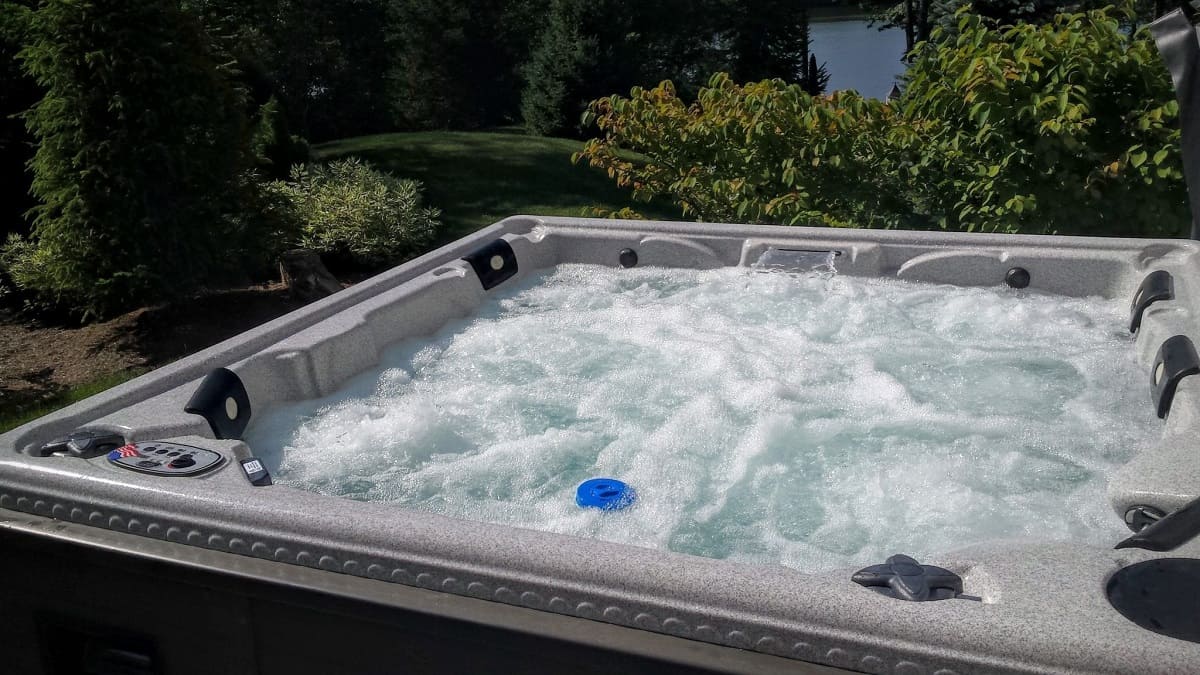

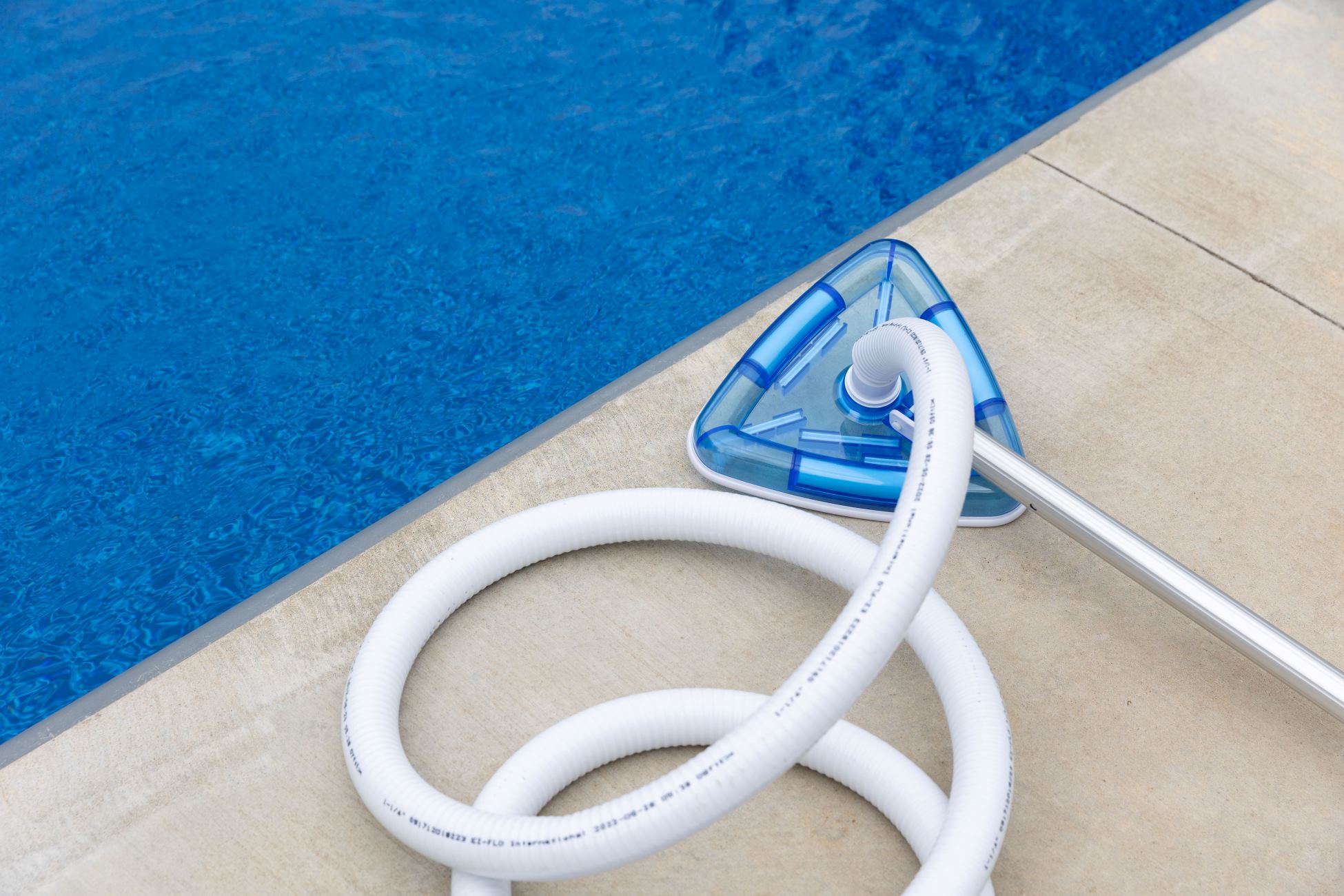
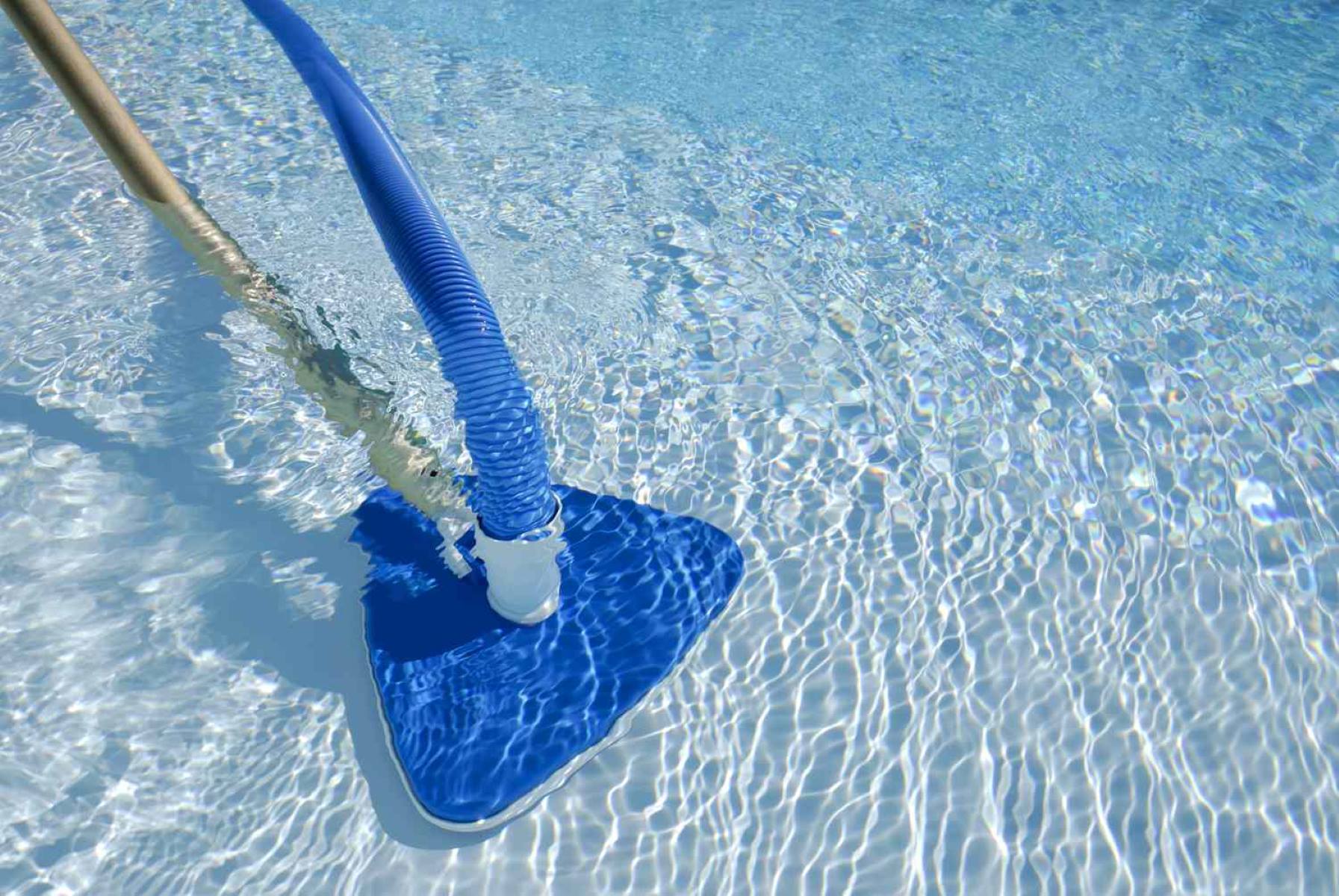
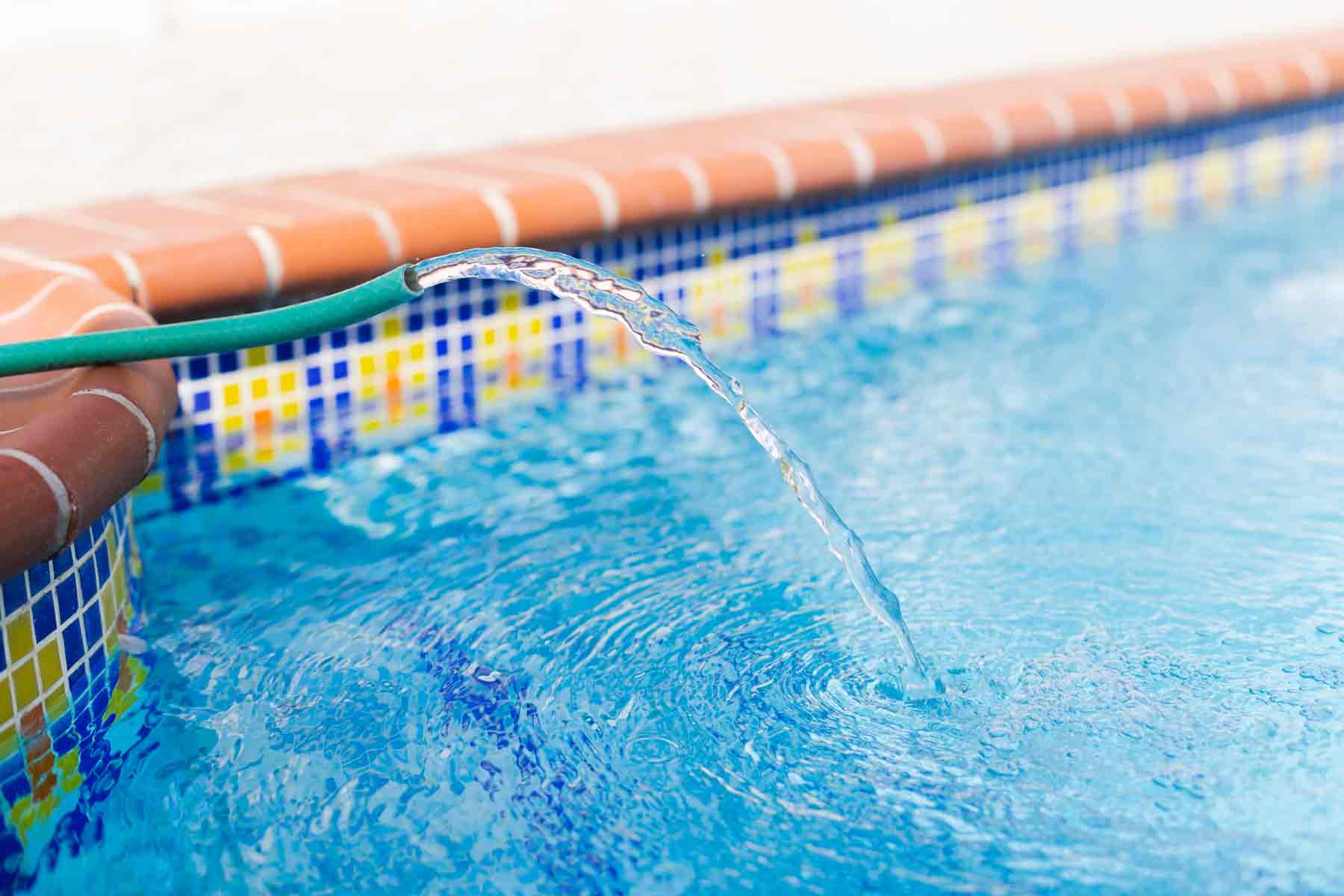
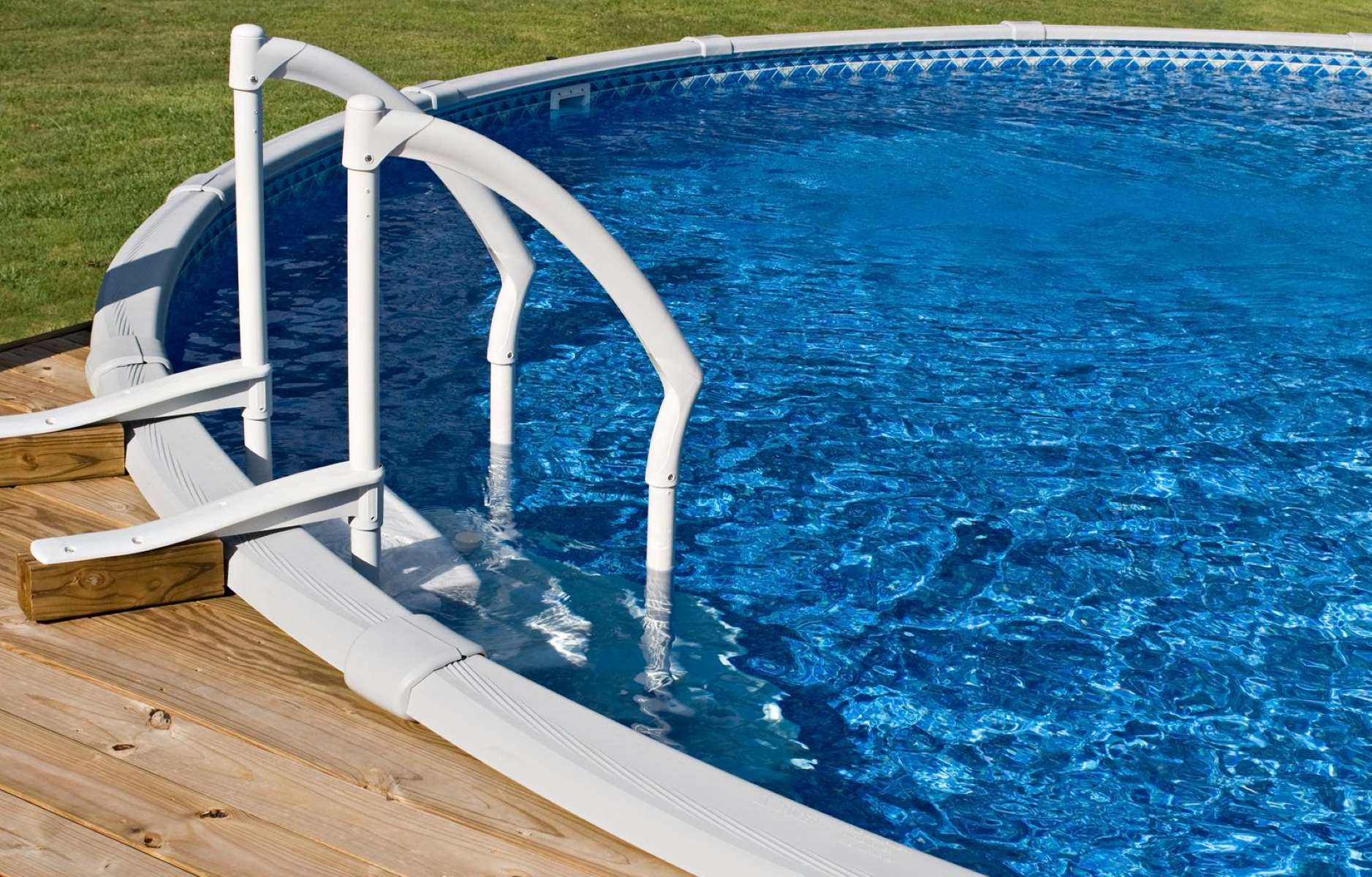

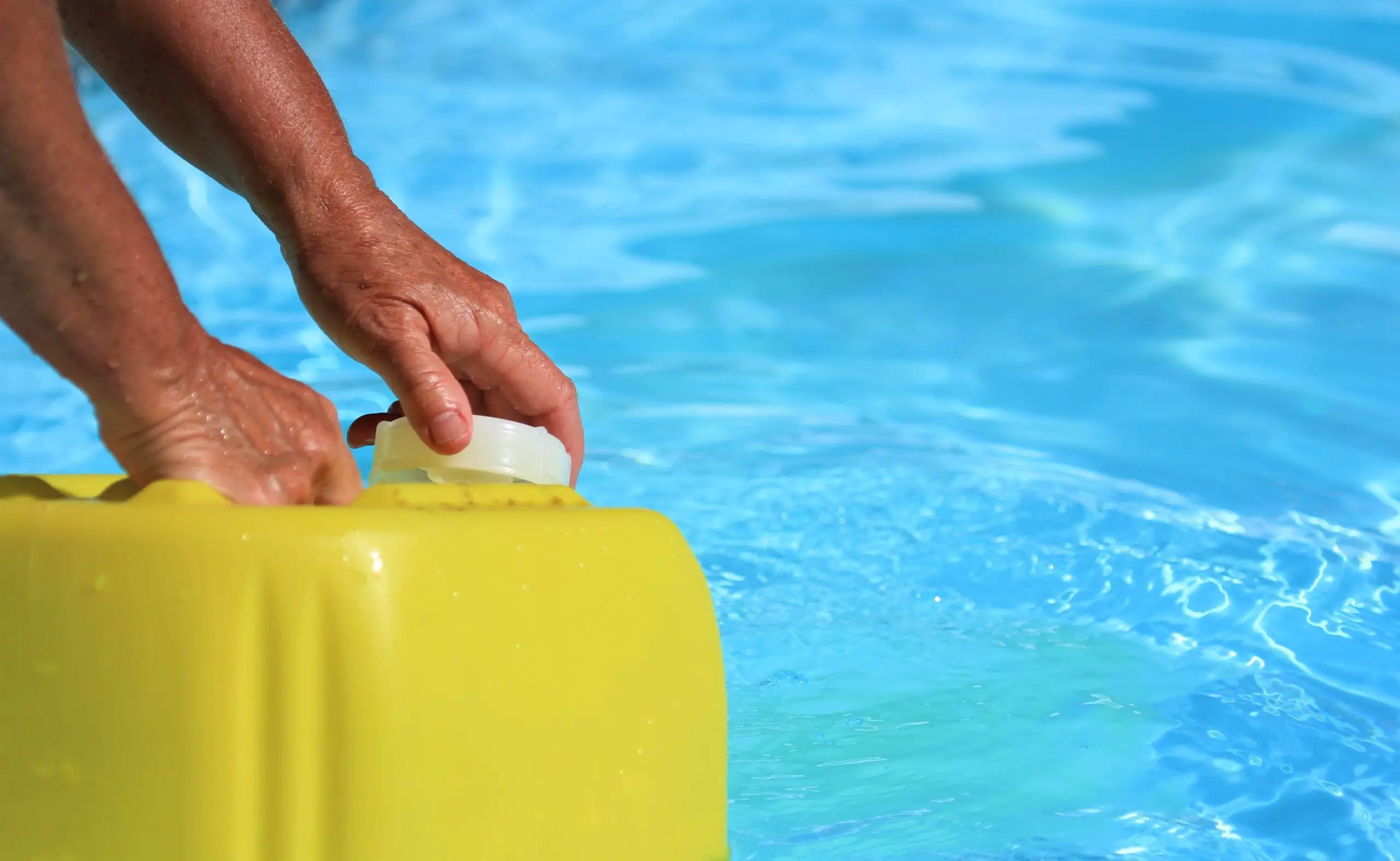

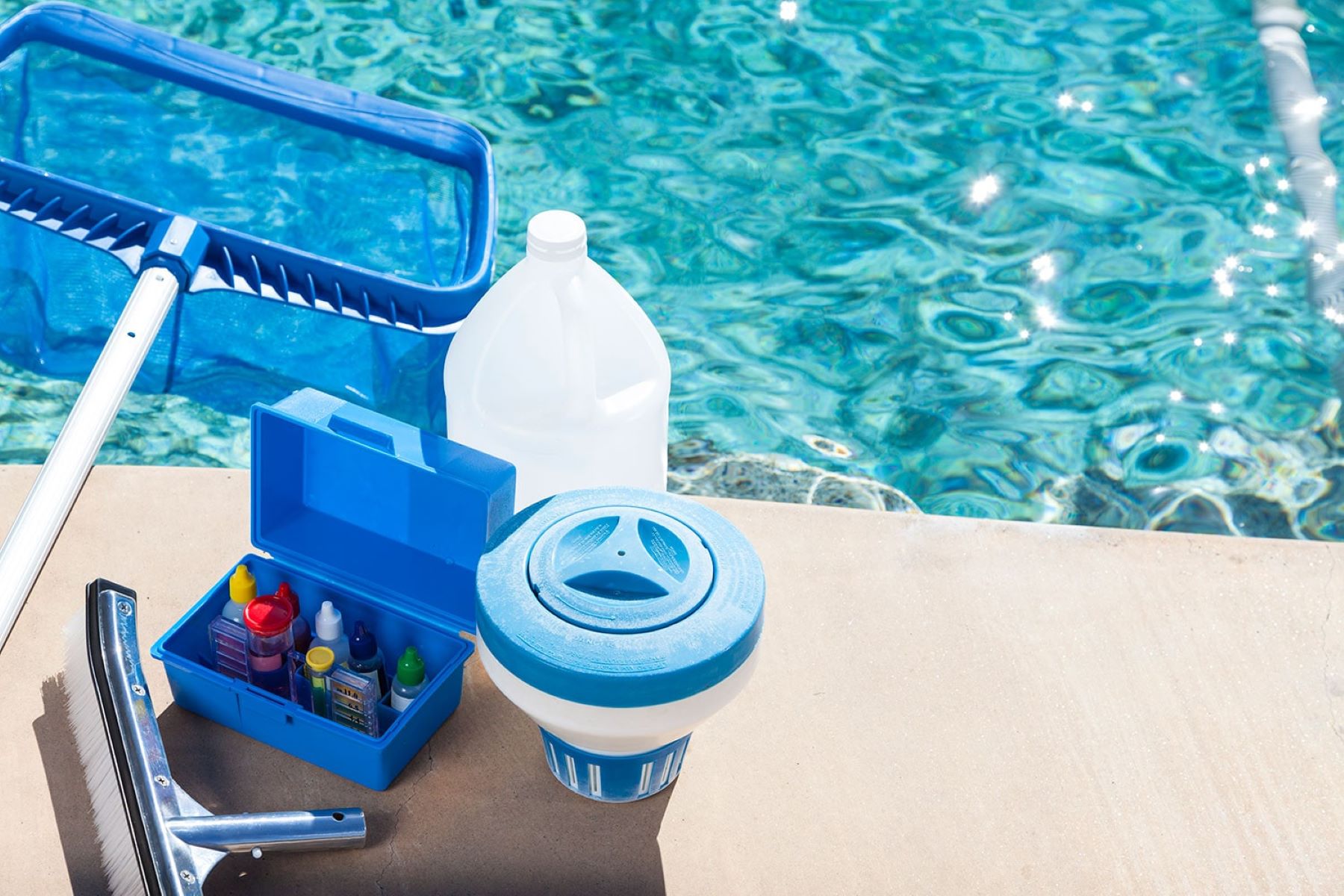

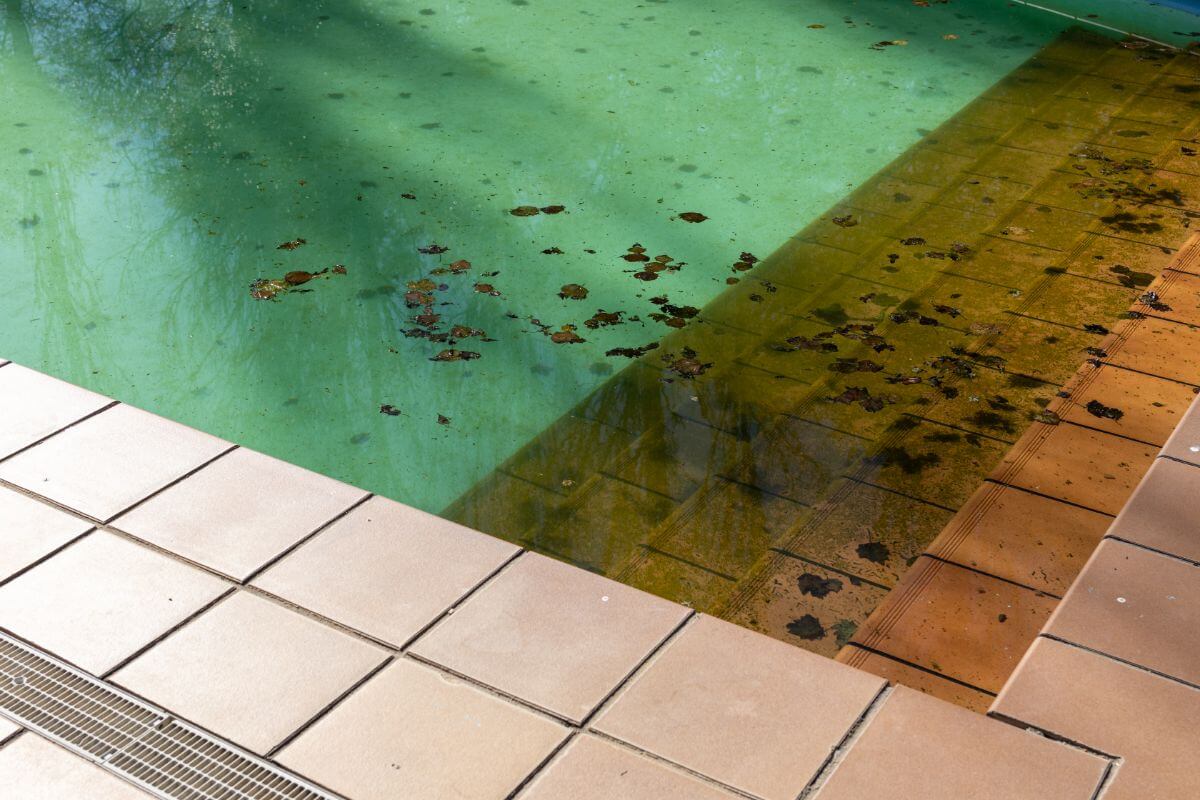


0 thoughts on “How Do You Raise The Ph In A Swimming Pool”